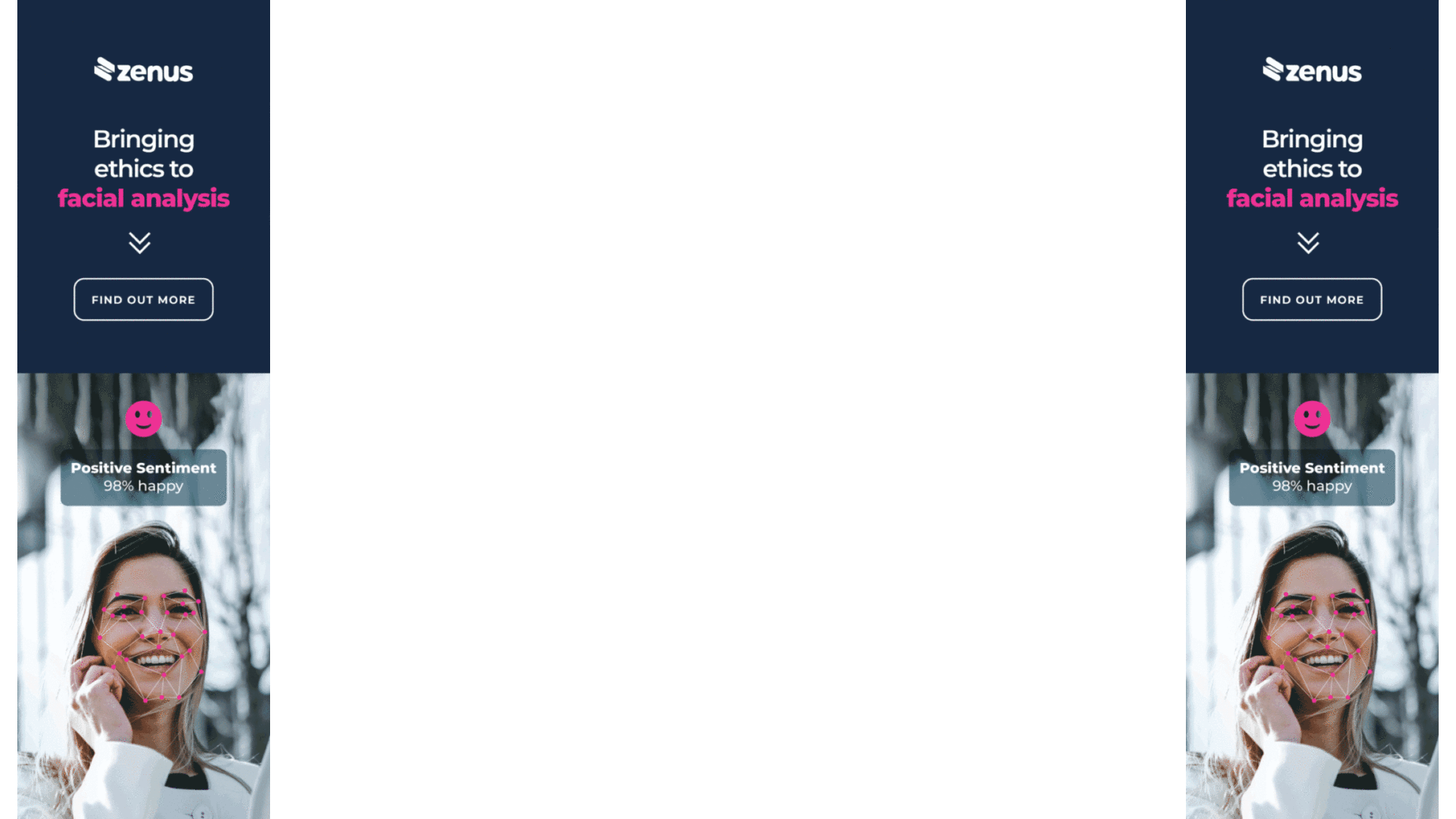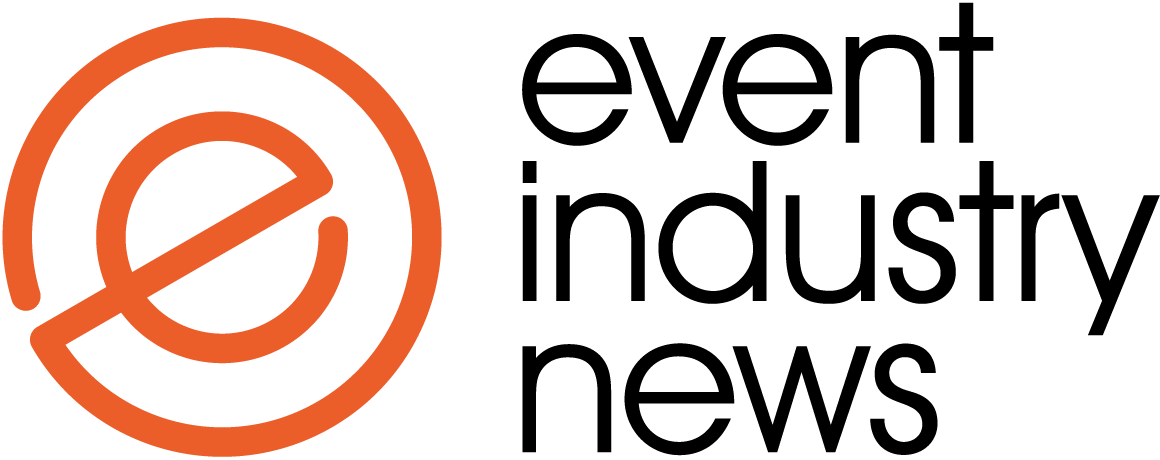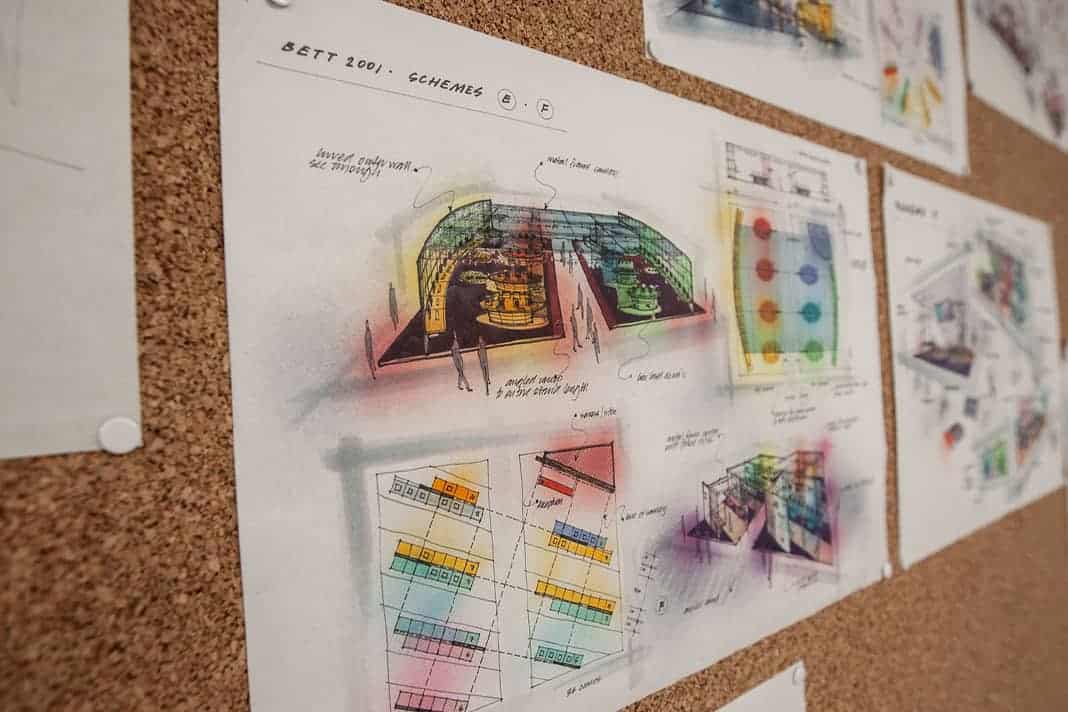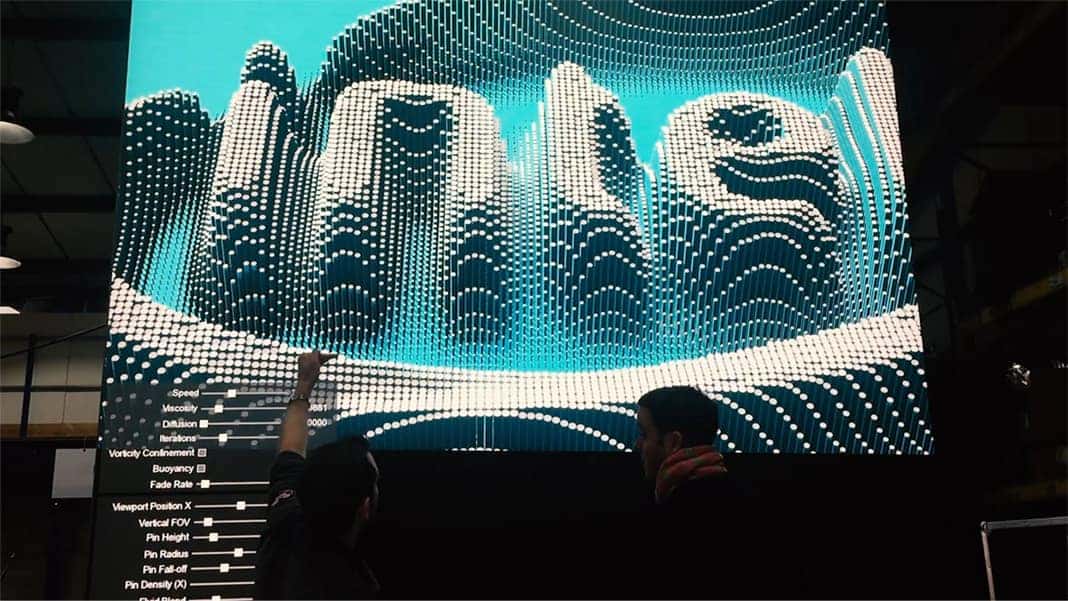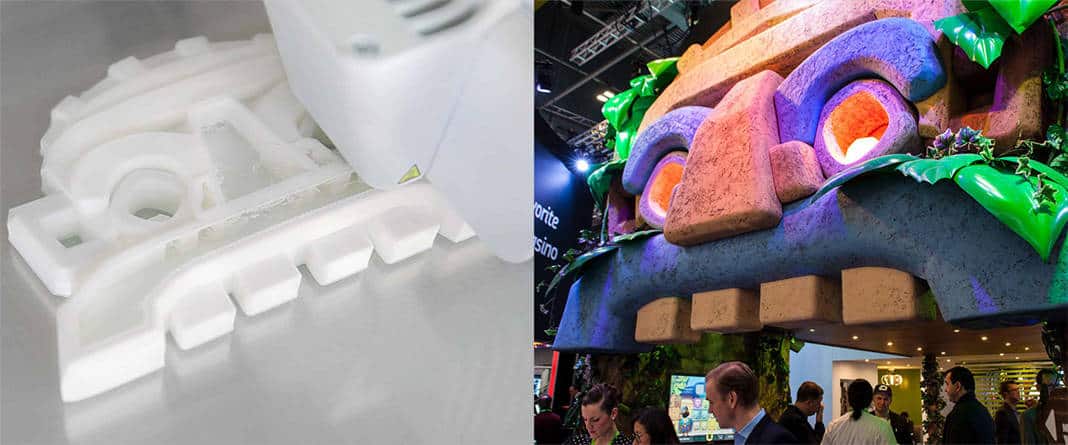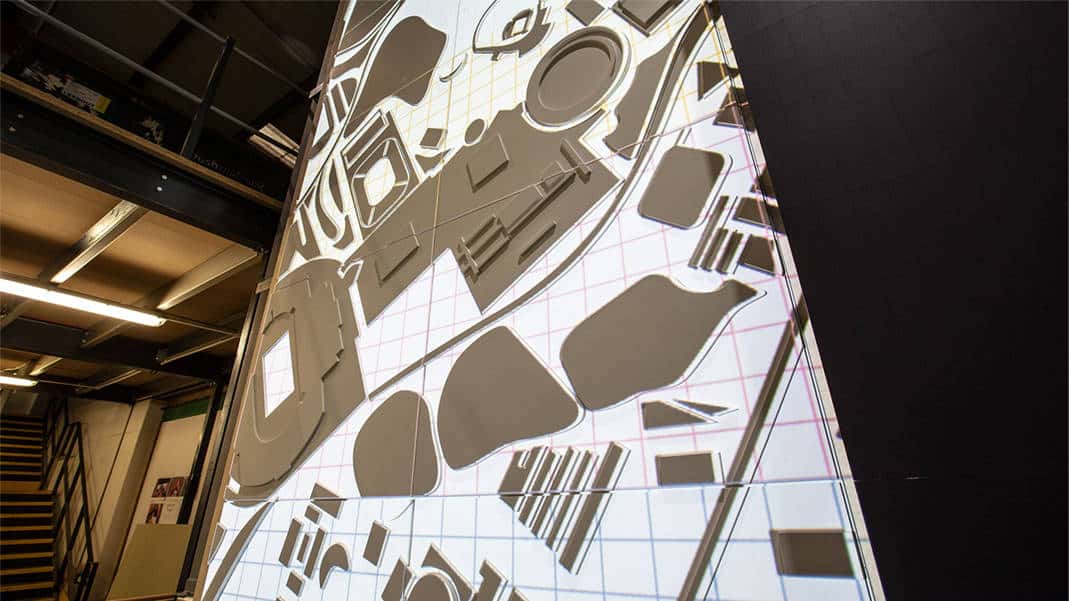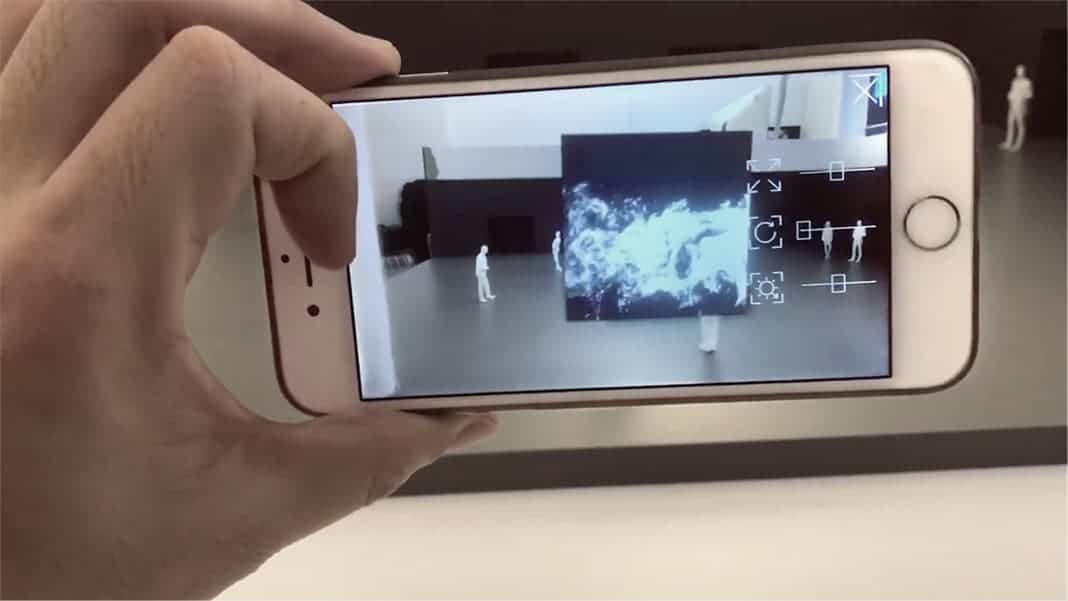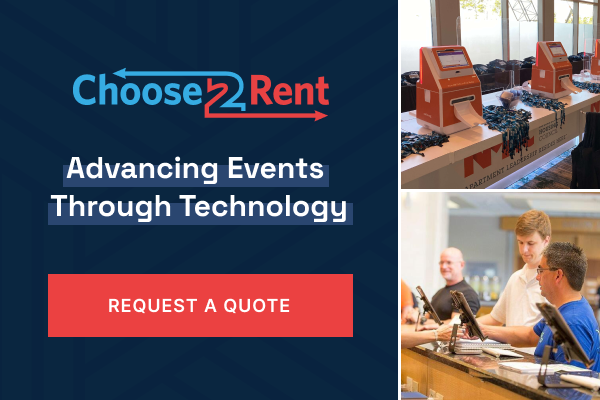By Andy Sexton, Partner & Creative Director, 2LK
The world of experiential design is multifaceted and fast-moving, so how do we make sure everything’s fit for purpose?
Over the past 25 years, most of my agency’s work has been one-off experiential projects to drive engagement. Our final ‘product’ can usually only be experienced when the opening bell rings (usually very shortly before the closing bell). We don’t have the luxury of focus groups, relied on so heavily by branding and advertising agencies. We can’t release a permanent ‘beta’ version to endlessly update, like so many digital services. Plus our projects don’t have the longevity that surrounds architectural programmes, where post-launch iterations and alterations are par for the course.
So we habitually prototype to make sure everything’s fit for purpose (and engagement). Traditionally, the value of prototyping lies in the ability to rapidly communicate ideas and to test them with users. However, for us prototyping is much more than this. The convergence of creativity and engineering has become part of our creative development process.
Things get really interesting when you move from the essential to the experimental. The more physical and digital disciplines merge together, the more blurred the lines between design, visualisation and prototyping become. In some cases the process, the prototype and the end product are almost the same thing.
Goodbye rendering, hello VR
As ‘real-time’ visualising becomes more common, the era of rendering is coming to a close. We’re building (prototyping) more and more of our work in virtual reality (VR) scenes – allowing spaces to be interrogated in more immersive ways and scale to be explored more contextually. We don’t just use headsets, we also leverage game-style animated walk-throughs controlled by the users, or even hosted online with WebGL platforms for immediate sharing. Taking this further, our digital experience projects like ‘The Wonderwall’ require the creation of bespoke software to render out content in real-time. This kind of code-driven, generative solution was (and still is) a constant living prototype. The creative process occurred through the software, as did the testing and ultimately the final execution.
Hand drawn renaissance
In complete contrast to tech-driven responses, hand drawing is the original form of prototyping (and still my favourite) – and it’s had something of a resurgence at my agency over recent years. When we were formed in 1994, hand drawing was the only way to quickly explore, illustrate and communicate creativity. From beautifully crafted sketches, wonderful (but slow and expensive) architectural models were created to help communicate and sell the concept.
New model for scale models
The need for scale models is still there, but the process has moved on immeasurably. 3D printing is now the ‘go-to’ technique for most rapid prototyping. Low cost, small-scale and easy to use, this technology has been democratised over recent years. Our studio 3D printer is active most days, an invaluable tool in our creative exploration, particularly when creating complex and organic forms. The output is particularly appreciated by our clients as a way to visualise the space. Simple, single colour 1:50 ‘prints’ somehow seem easier to understand than a picture-perfect CGI visual.
Towards the end of the creative process we routinely create 1:1 samples of various components to help finalise precise construction methods and material selections. These ‘perfect prototypes’ (occasionally referred to as ‘slow prototyping’) are particularly useful when combining untested combinations of materials and production techniques. For example, we’re currently creating a 100sqm 3D map of Barcelona as the surface for dynamic projection mapping for an exciting new project. This complex combination of digital and physical can only really be tested at 1:1 to fully interrogate both the construction methods and content creation.
Mixed-reality prototypes
When digital meets physical, the experiential palette broadens. At EventTech 2018 in Las Vegas, I spoke about how we’ve recently collaborated with Moving Brands to combine all these methods to deliver mixed-reality prototyping. A blend of traditional model making and real-time rendering became an invaluable tool to test ideas during the creative process – and as things developed it served to communicate the work itself. Beyond this, experimentation with different (and converging) prototype methods was a huge learning opportunity for our designers – helping them build new skills which ultimately benefit them, us and all our clients.
It’s human nature to play. We learn through exploration and experience. We find boundaries, then we push them and ultimately break them. Research and development, prototyping, experimental design, iterative creativity, call it what you like, but if you’re in a studio environment, make sure you find time to explore, test, play, discover (and fail) within the creative process. If you’re on the brand side and commission creative services, make sure you promote, encourage and frankly demand this level of hands-on discovery from your agency teams. The unexpected results often influence powerful change.
